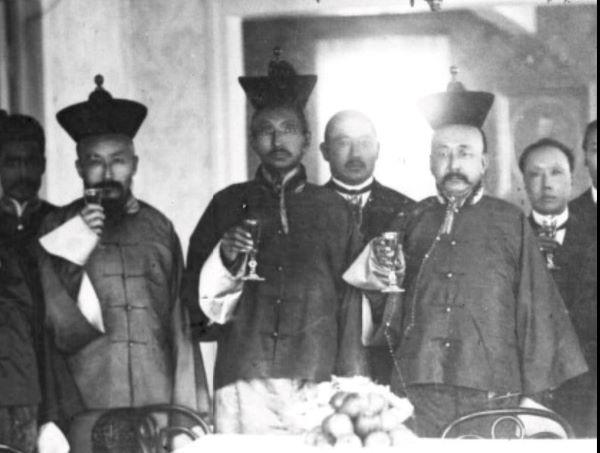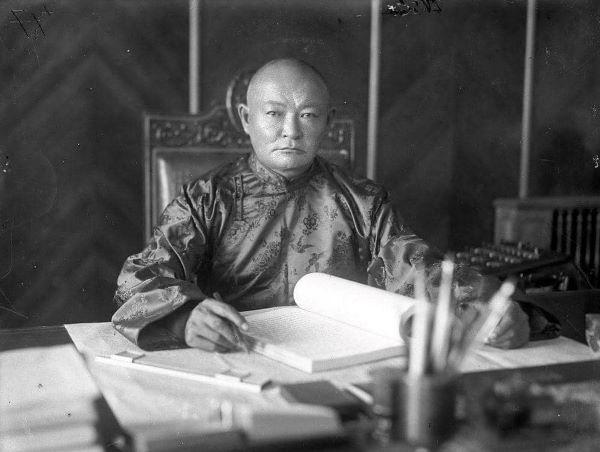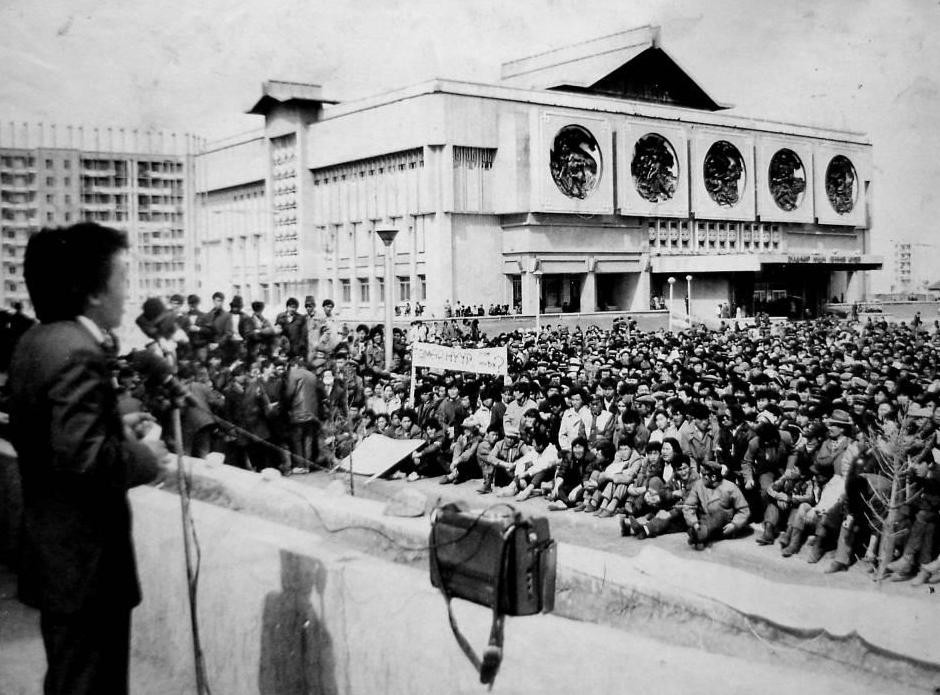I. Declaration of Independence
After the Qing Dynasty collapsed in 1911, Mongolia declared its independence. The people wanted to regain their sovereignty after over 200 years of Manchu rule. The Bogd Khan, spiritual leader in Tibetan Buddhism, became the monarch. However, Mongolia's independence received little recognition. China, dealing with its own problems, still claimed Mongolia as part of its territory. The Treaty of Kyakhta in 1915 limited Mongolia's independence to a form of autonomy under Chinese control.

II. A Path to Independence
In 1921, inspired by the Bolshevik Revolution, Mongolian nationalists led by Sukhbaatar and Choibalsan created the Mongolian People's Party (MPP). With strong support from the Soviet Red Army, they drove out the Chinese occupation forces. This marked an important step toward Mongolia's independence.
Initially, Mongolia formed a constitutional monarchy with the Bogd Khan as its leader. However, after he died in 1924, the MPP adopted socialist ideas and declared the Mongolian People's Republic (MPR). This change led to a close relationship with the Soviet Union and significant transformations in Mongolian society.
III. Mongolia, Example of Soviet Model
Choibalsan Khorloogiin became a key political leader in Mongolia, supported by the Soviet Union. During the 1930s, Mongolia faced its own political repression similar to Stalin's purges. Choibalsan’s government targeted people seen as “enemies of the revolution,” leading to many arrests and executions. His regime was closely connected to the Soviet Union.
 Choibalsan Khorloogiin (1895-1952)
Choibalsan Khorloogiin (1895-1952)
From 1948 to 1990, Mongolia underwent significant changes during the socialist era. The country became a one-party state ruled by the Mongolian People's Revolutionary Party (MPRP). The government took control of livestock and created state-run businesses, disrupting the traditional nomadic lifestyle. Although literacy rates and public health improved with Soviet support, traditional Tibetan Buddhism was suppressed. Additionally, a Cyrillic-based writing system replaced the traditional one, signaling a cultural shift. During this time, Mongolia became a prime example of Marxist-Leninist socialism

